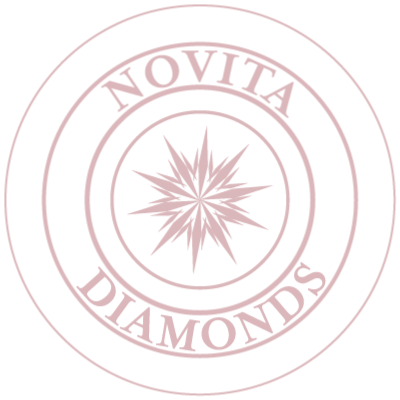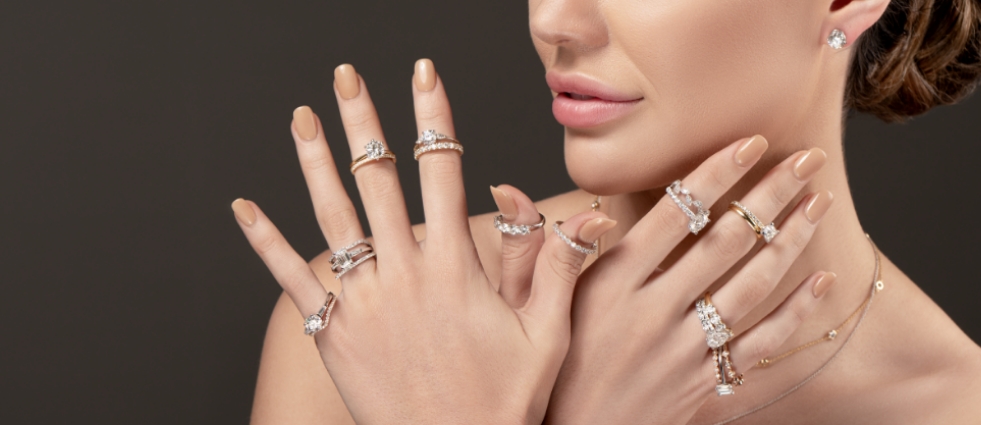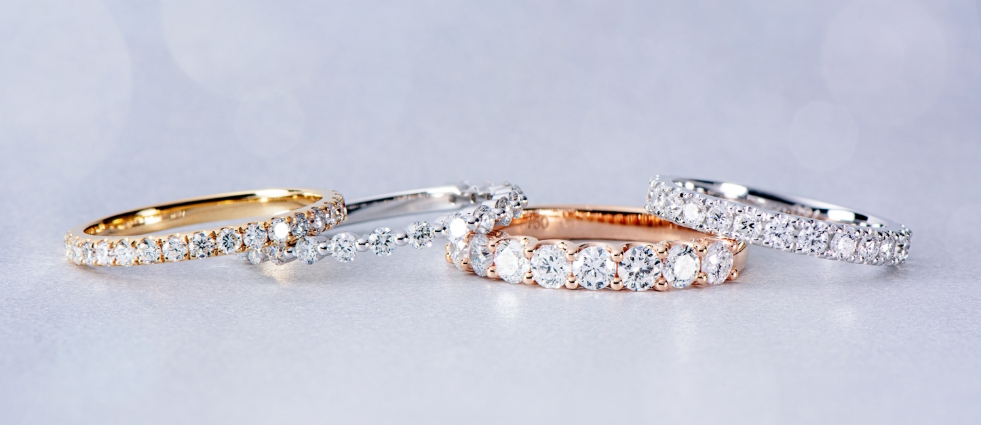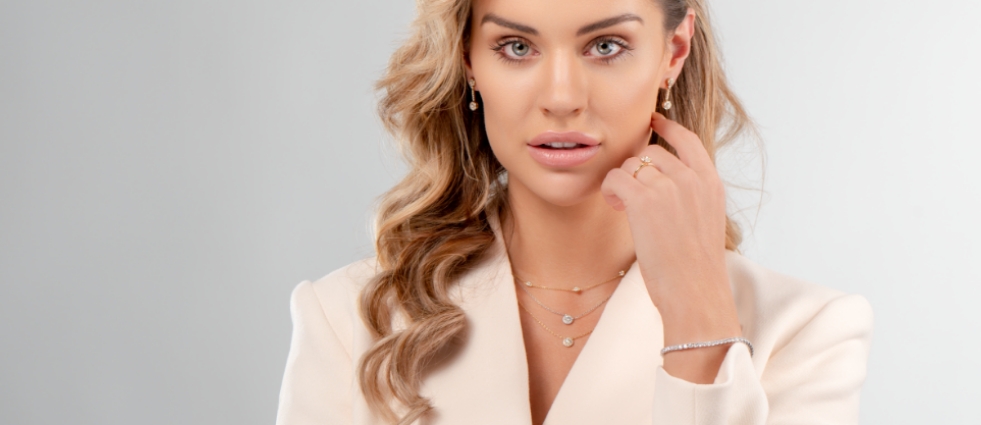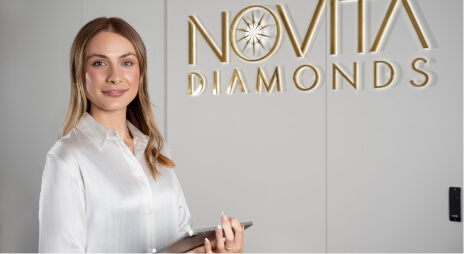-
As a matter of fact, it sparkles the brightest out of all the shapes. The way the facets are cut in a round diamond maximises the amount of light reflected back.
-
With round diamonds always in plentiful stock, customers have more options to choose from.
-
Diamonds of the round shape are timeless and will never go out of fashion, whereas all the other shapes will come and go once in a while.
-
They are ideal for solitaire rings because of their round shape.
-
Round brilliant shape is more expensive than any other shapes, by around 20-30%. This is due to the inevitable waste of rough diamond that is required when creating a round cut. Another reason they are more expensive is that they are always in high demand.
-
Among all the shapes, ovals appear the biggest. They are shallow and elongated, thus making the diamond’s spread much larger from the top. A typical oval diamond appears 12-20% larger than a round diamond.
-
Due to less wastage when cutting rough diamonds, they are roughly 15-25% less expensive than round diamonds.
-
An oval is a great alternative to a round cut stone and is an economical way to get a larger looking stone for the same budget.
-
The diamond loses sparkle in the middle. As a result of the diamond’s elongated shape, it has fewer facets in the middle. Some ovals dim suddenly in the middle, in a very noticeable way, which is what we call the “bow tie” effect.
Note: Some diamonds have it, while others don’t.
-
Tip: Make sure you limit your choices to the diamonds on our “available in showroom” or “recommended” list, as our gemmologists have already handpicked oval diamonds that don’t have bow ties.
-
Tip: Avoid sites that sell cheap oval diamonds, especially in the US. There is a reason why those diamonds are cheap; they usually have large bow ties and are often called “reject” diamonds by industry insiders.
-
Tip: Oval diamonds are Novita’s second most popular shape; therefore, we have a large and varied collection, providing you with an excellent collection to choose from. Please contact us if what you are looking for is not in our current stock, and our gemmologists will find it for you.
